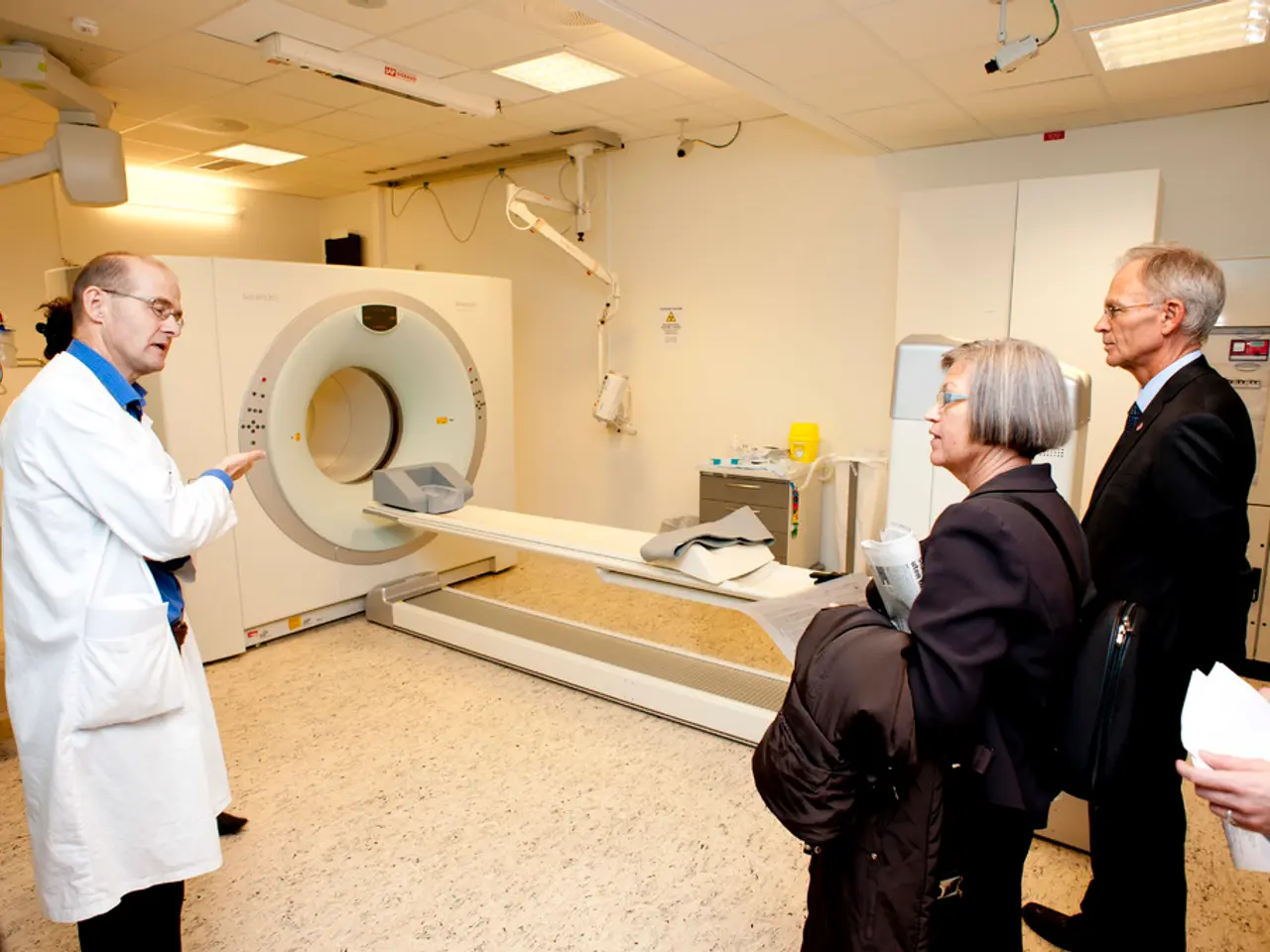Genetic Alteration through CRISPR: Exploring the Capabilities of Genome Modification
CRISPR technology, initially discovered as a defense mechanism in bacterial immune systems against viruses, is rapidly transforming various fields, offering hope for the future. This simple, cost-effective, and precise genome-editing tool is revolutionizing the way we approach diseases, from genetic disorders to infectious diseases and cancer.
In the realm of medicine, CRISPR is making significant strides. It is already being used in gene therapies, treating genetic diseases such as sickle cell disease (SCD) and beta thalassemia. FDA-approved medicines like Casgevy are now in use, and advances include personalized in vivo CRISPR treatments for rare genetic diseases. Clinical trials are ongoing for CRISPR-edited CAR-T cells to treat autoimmune diseases like systemic lupus erythematosus (SLE).
Moreover, CRISPR is accelerating drug discovery by enabling researchers to study the effects of specific genes and mutations on disease processes more efficiently. It is also being used to develop precise RNA-editing therapies and to edit pathogens in situ, neutralizing harmful genes without killing host cells, indicating therapeutic potential in microbiome editing.
In the agricultural sector, CRISPR is being utilised to create genetically edited crops and pest control strategies. For instance, CRISPR-based gene drives are being explored to eliminate malaria-carrying mosquitos, potentially eradicating the disease vector. Regulation of CRISPR-edited plants varies globally, with some countries treating them similarly to GMOs and others being more lenient if no foreign DNA is introduced.
In biotechnology, CRISPR platforms enable detailed functional genomics studies, improving our understanding of complex diseases. New platforms can simultaneously disrupt pathogenic genes and insert therapeutic payloads, offering targeted, programmable microbiome editing.
Looking ahead, potential future applications include expanding on-demand, personalized gene editing therapies for a wide range of rare genetic disorders, regenerative medicine advances like engineering transplant tissues with reduced immunogenicity, more sophisticated agricultural interventions with precise, eco-friendly pest and disease resistance, and environmental applications like gene drives for controlling invasive species or vectors of human diseases.
However, the deployment of CRISPR technology is not without ethical considerations. Primary concerns include germline editing, regulatory oversight, equity and access, environmental impact, informed consent, and societal implications. As we navigate this exciting new era, it is crucial to establish comprehensive regulatory frameworks that balance innovation with safety, equity, and ecological stewardship.
References:
[1] Current applications of CRISPR technology. (n.d.). Retrieved from https://www.nature.com/articles/d41586-021-00190-z
[2] Ethical considerations of CRISPR technology. (n.d.). Retrieved from https://www.nature.com/articles/d41586-021-00189-4
[3] Future applications of CRISPR technology. (n.d.). Retrieved from https://www.nature.com/articles/d41586-021-00191-x
[4] CRISPR technology in agriculture and biotechnology. (n.d.). Retrieved from https://www.nature.com/articles/d41586-021-00188-5
Science and environmental-science realms are benefiting from CRISPR technology. In environmental-science, CRISPR-based gene drives are being investigated to eliminate malaria-carrying mosquitoes, potentially eradicating the disease vector. On the other hand, health-and-wellness sectors are utilizing CRISPR for innovative treatments, such as personalized in vivo therapies for rare genetic diseases and precision RNA-editing therapies.




